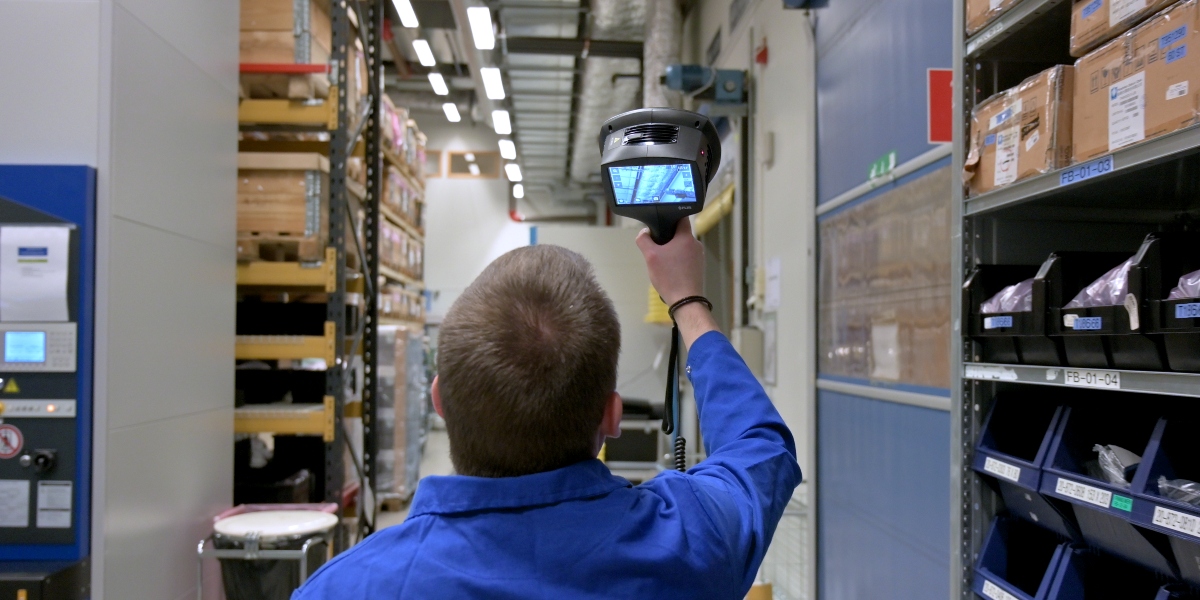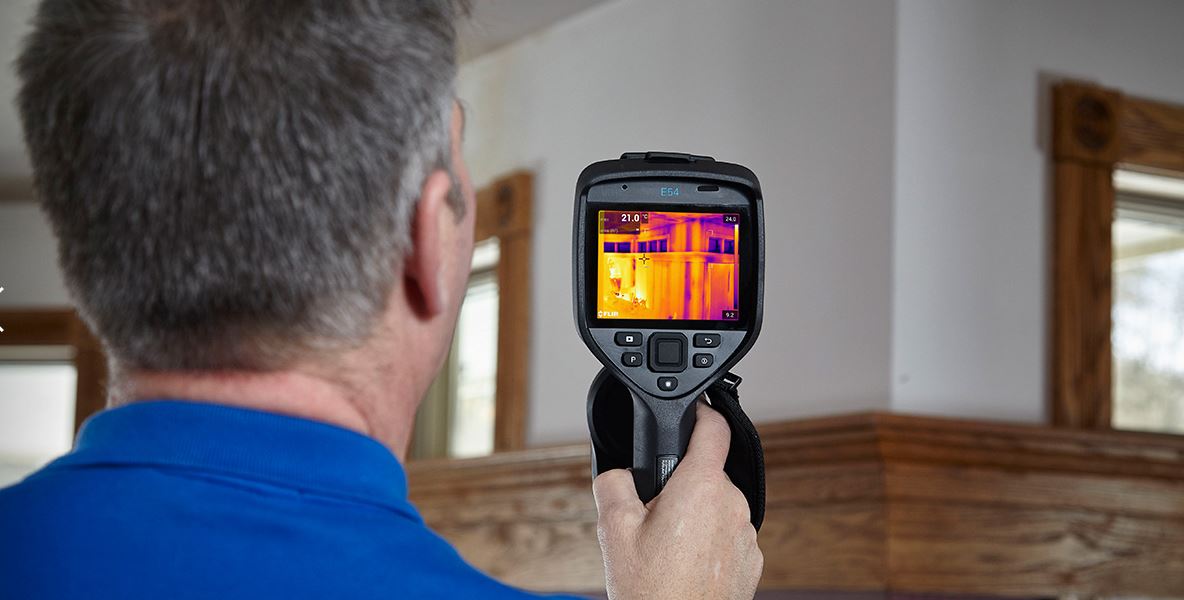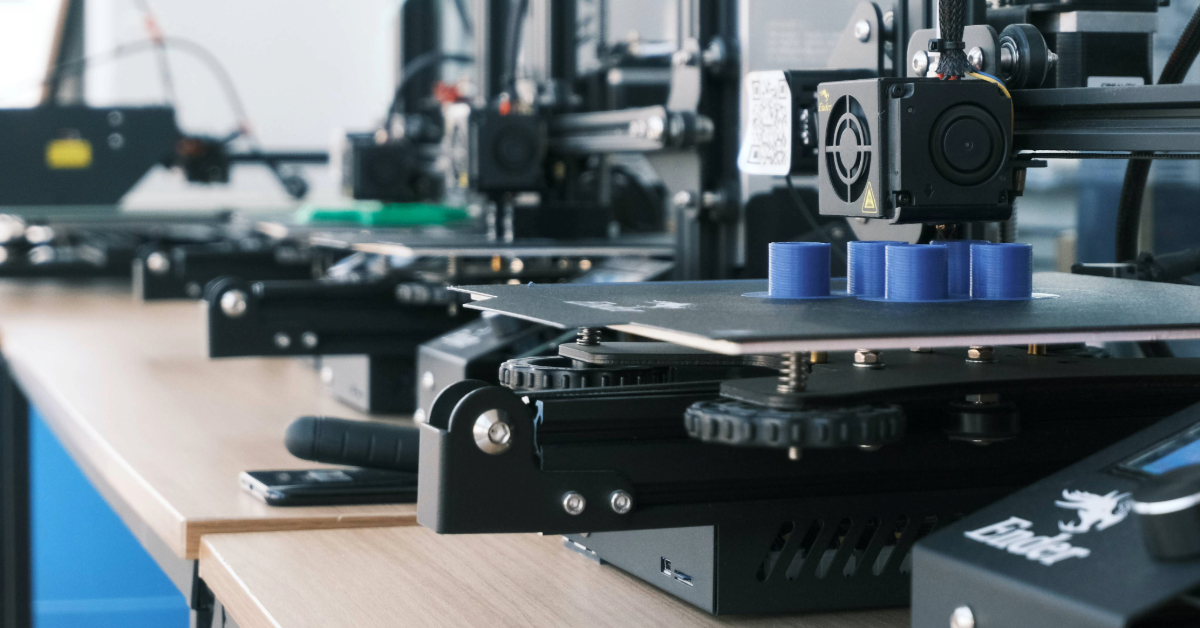Preventing large-scale energy loss: why manufacturing plants can’t afford to overlook early air leak detection
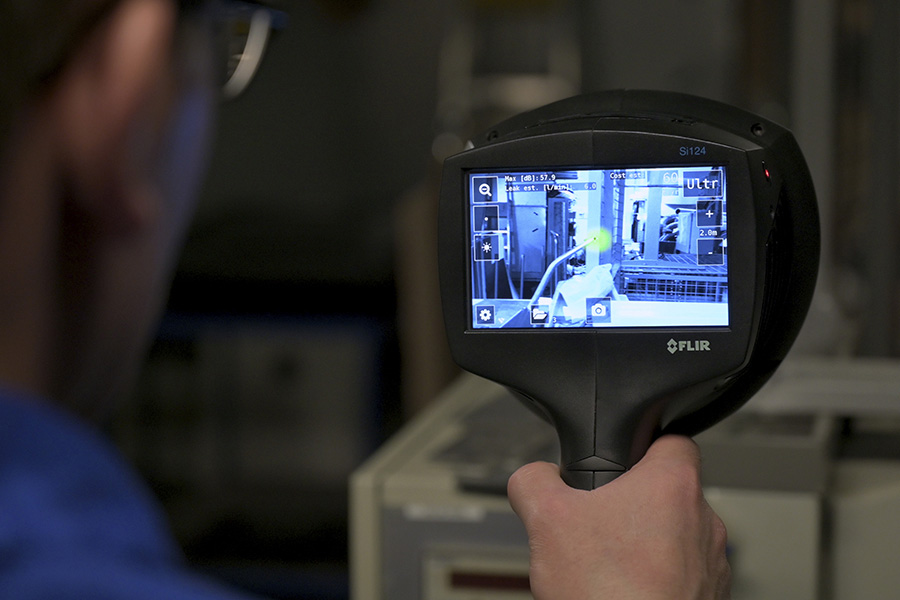
Rob Milner, Director of Global Business Development at Teledyne FLIR
No business sets out to lose money, but that’s exactly what the global manufacturing industry is unwittingly doing every day on an astonishing scale.
As much as 30% of the energy used in compressed air systems is lost to air leaks. That's a staggering amount of energy to lose - and the cost of operating inefficient machinery only adds to this.
These figures, taken from a very large study back in 2014 by the US Department of Energy, paint a humbling picture for energy-intensive industries everywhere. In a climate of climbing costs, peaking inflation, labour shortages and uncertainty in many international supply chains, how can businesses overlook such a major expenditure?
The accumulating costs of air loss
Let’s look at the numbers. Assuming a minimum loss of 10% and a maximum of 30%, a typical manufacturing company would lose somewhere between $10,000 and $60,000. Bear in mind that the longer a leak goes undetected, the more likely it is to widen, worsen, and further compound both the loss of air and wasted energy.
Add to this the additional wear and tear on the equipment which increases the maintenance costs and hikes up the capital cost of replacement and it's an incredibly significant loss on investment just for air.
Luckily for manufacturers, there’s now a powerful and precise preventative measure to stop such costly compressed air leaks in their tracks: acoustic imaging.
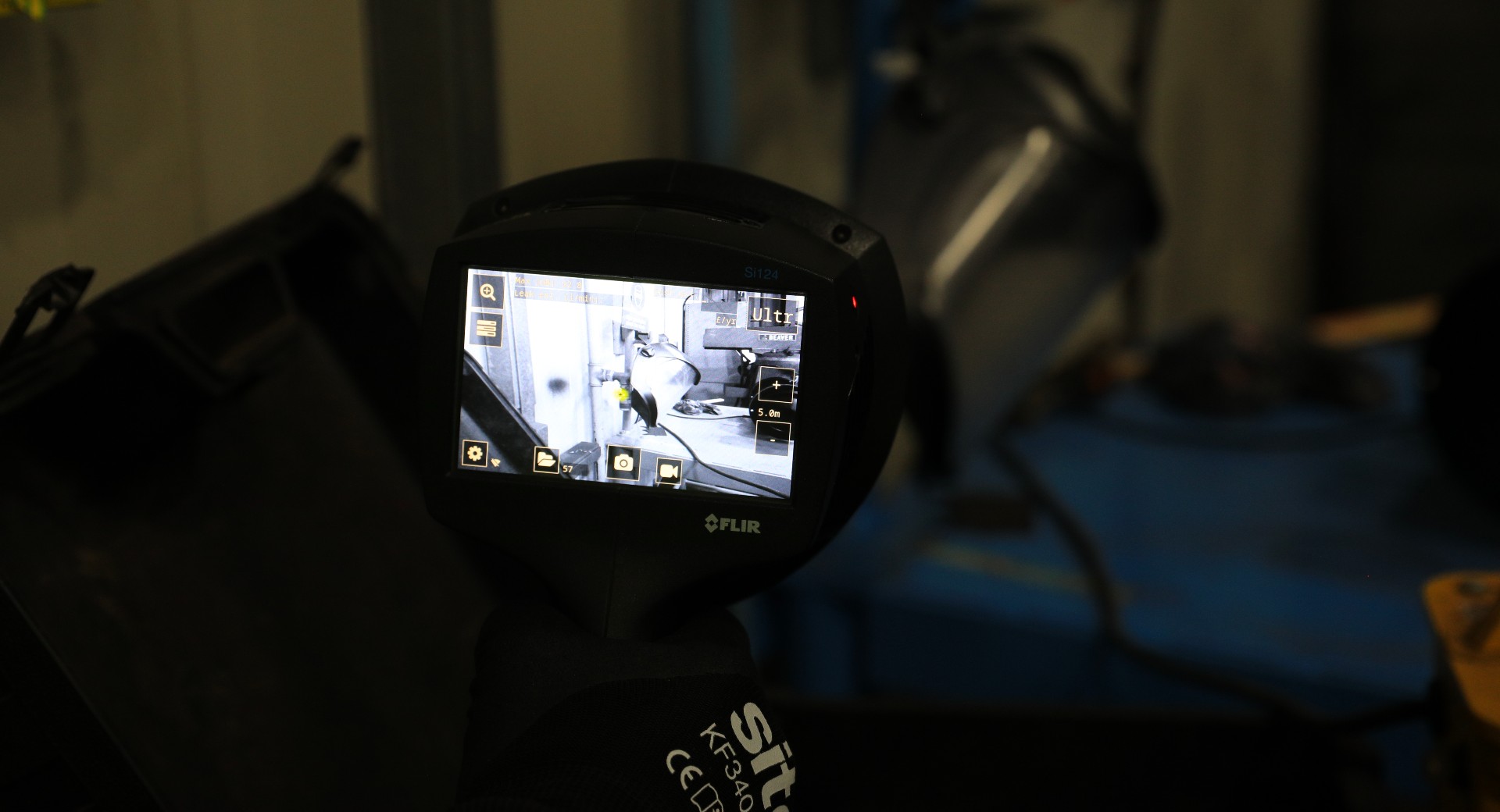
See compressed air leaks as they appear
Traditionally, to detect air leaks operators have had to rely on pressure decay testing or being able to perceive them physically - either by sound, if the psi is especially high, or by sight if a seal is visibly damaged.
Clearly, these approaches are all inherently flawed as they rely on allowing the problem to get worse before it can be found and fixed. When every cubic meter of air lost costs vital funds, this is untenable.
The FLIR Si124 industrial acoustic imaging camera has a very different approach; it uses a number of high-spec audible and ultrasound microphones to expose air leaks as they appear - even in loud environments.
Essentially, any plant with compressed air or compressed gases can use this technology to quickly and accurately find leaks; it’ll save money, reduce energy usage and, at the same time, measurably reduce the facility’s carbon footprint.
How to detect compressed air leaks
It’s a grand promise, I appreciate that - but it delivers. The FLIR Si124 works by using 124 microphones to produce a precise acoustic image that visually displays ultrasonic information and renders it visually for absolute clarity. Operators are accurately and immediately informed of not only the location of the leak but also its severity, actions suggested to remedy the problem and even a projected cost if left unattended - making it simple to report the problem up the line and get sign off to have it repaired.
Clear and concise deliverables are part of what makes the FLIR Si124 so immensely useful - and weighing in at under 3lbs, it’s a powerhouse problem-solver that energy-intensive industry literally can’t afford to overlook.
Detecting partial discharge on the electric grid
Another essential element in manufacturing facilities is partial discharge. The electrical grid is critical these days and so is reliability.
Any signs of degradation or early signs of potential failure must be detected as soon as they become apparent. The FLIR Si124 range also detects partial discharge with incredible accuracy, ensuring that essential maintenance takes place exactly as needed.
Consider that planned maintenance is much cheaper than unplanned, especially as it allows activity to be scheduled and minimises necessary downtime. Let’s say there’s an issue on a single transmission line that requires emergency maintenance - that can easily cost hundreds of thousands of dollars or euros just to resolve one isolated problem..
If you go by the generally accepted consensus, it would typically cost less than a quarter of that amount of money to do it in a planned fashion, yielding huge savings.
Find compressed air leaks and partial discharge with no training
The beauty of FLIR acoustic imaging is how little training is actually required to operate an Si124 unit. I've been in the business now for 22 years and this is by far the simplest product I've ever used. It's extremely intuitive and takes only a few minutes to become familiar with the user interface. The very large touchscreen is especially easy to navigate and interpret and readings are very clearly displayed.
I can’t stress enough just how incredibly easy the FLIR Si124 is to use. Simply direct the acoustic imaging camera around your facility and the 124 individual microphones work together to triangulate the source of a sound and then superimpose that sound source on top of a regular visual camera so that the operator can see in no uncertain terms where the problem is.
It uses insightful artificial intelligence to differentiate between compressed air leaks or partial discharge, distinguishing their telltale sounds from any background noise which traditionally hinder readings.
Picture it: no distortion, no distractions - just exact readings, pinpointing problems visually and identifying the size of the leak and the estimated annual cost. It’s an incredibly intelligent and intuitive piece of equipment that excels at discovering previously undetectable air leaks - offering immense scope to reduce operational costs and streamline unavoidable maintenance.
Typically paying for itself in as little as two months, the FLIR Si124 range is one piece of kit you can’t afford to not invest in if you work in an energy-intensive environment.
